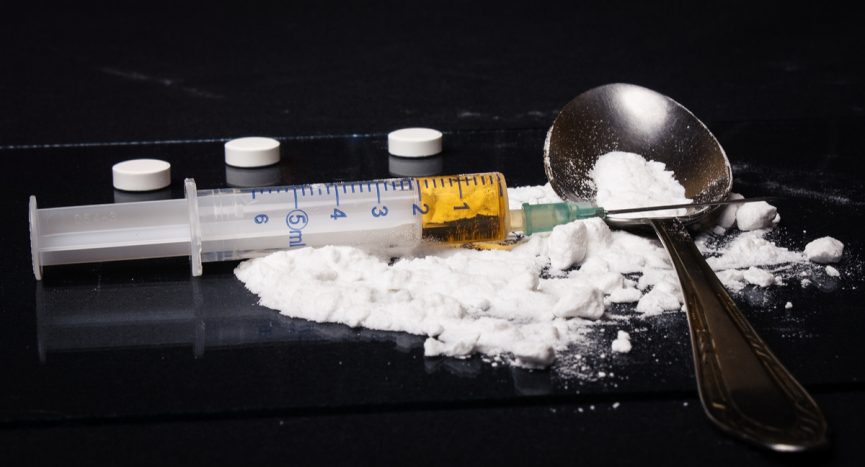By: Sayeem Abass
Drug abuse among college students in Kashmir has emerged as a critical public health challenge. While substance abuse has historically been more prevalent among male students, recent years have witnessed a concerning rise in drug use among female students, signaling a shift in social and behavioral patterns. This alarming trend necessitates a closer examination of the factors driving this change and the implications for the region’s future.
Overview of Drug Abuse in Colleges
Studies have indicated that drug abuse is not a new phenomenon in Kashmir’s educational institutions. A recent survey highlighted a lifetime prevalence of substance abuse at 31.3% among college students in the region, with male students predominantly affected. However, the increasing involvement of female students in substance use highlights a worrying development that demands immediate attention.
The Surge in Drug Use Among Women
Recent reports from Jammu and Kashmir have revealed a significant rise in substance abuse among women. Estimates suggest that between 3,000 and 4,000 women in the valley are now struggling with drug addiction. These figures, while encompassing women from diverse backgrounds, underline a growing problem that is increasingly visible in college campuses.
Over the past three years, anecdotal evidence and limited studies suggest that drug use among female college students has increased substantially. The stigma traditionally associated with female drug abuse in conservative societies like Kashmir appears to be eroding, leading to a greater acceptance of risky behaviors among young women.
Possible Causes and Implications
The reasons behind this upward trend are multifaceted. Increased exposure to modern lifestyles, peer pressure, psychological stress, and socio-political instability are key contributors. Many young women in Kashmir are reportedly turning to drugs as a coping mechanism to deal with mental health issues such as anxiety, depression, and trauma.
The social implications of this rise in substance abuse are far-reaching. Not only does it jeopardize the educational and professional futures of these students, but it also places an additional burden on families and communities already grappling with the region’s complex socio-political challenges.
Call for Action
Addressing the issue requires a multi-pronged approach. Comprehensive research into the extent and causes of drug use among female students is urgently needed. Awareness campaigns targeting students, parents, and educators can help destigmatize conversations around mental health and addiction. Furthermore, the establishment of counseling centers and rehabilitation programs tailored to young women is critical in mitigating this growing crisis.
Conclusion
The rise in drug abuse among female college students in Kashmir is a wake-up call for policymakers, educators, and community leaders. Without swift and targeted interventions, the future of many young individuals and the broader societal fabric may be at risk. A collective effort is essential to curb this troubling trend and ensure a healthier and more prosperous future for the region.
Sayeemabass0@gmail.com



